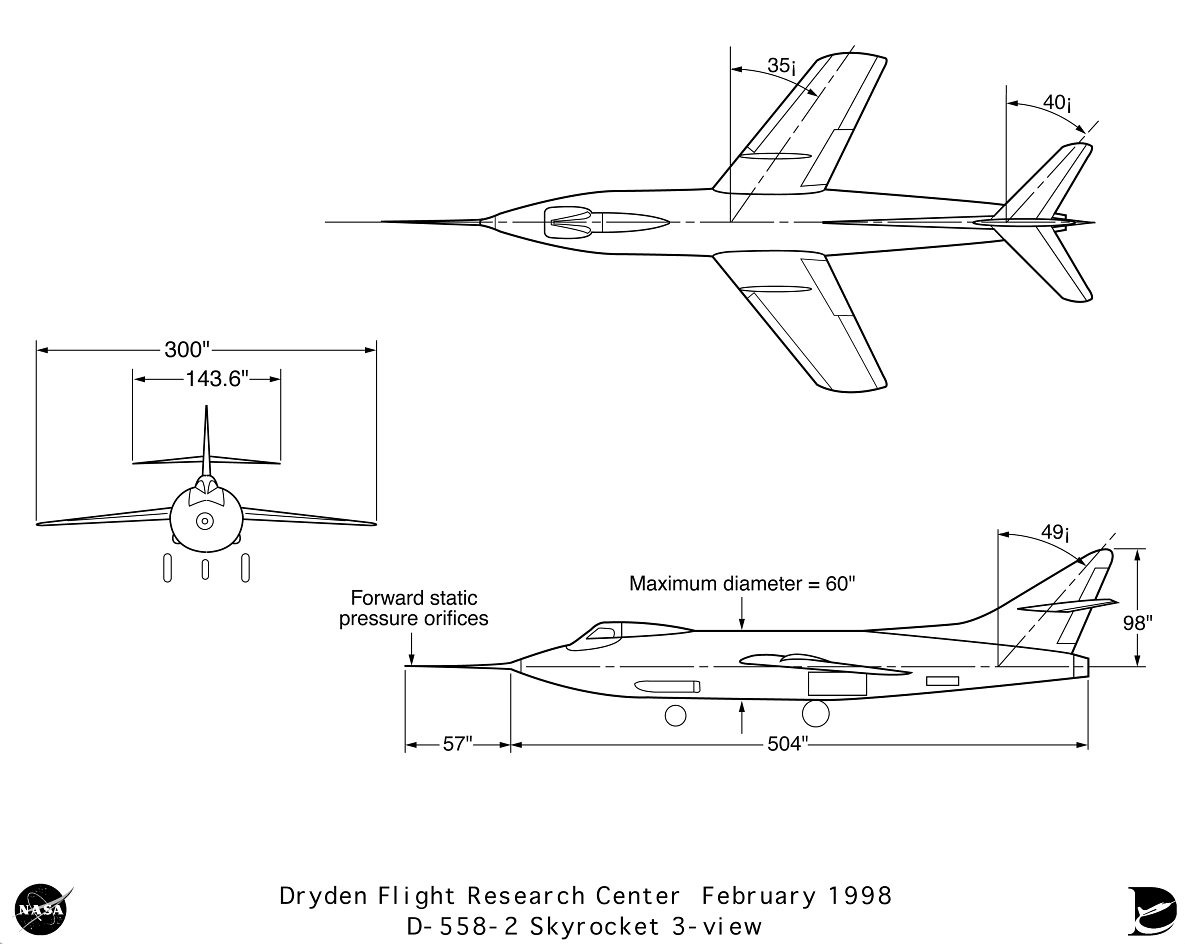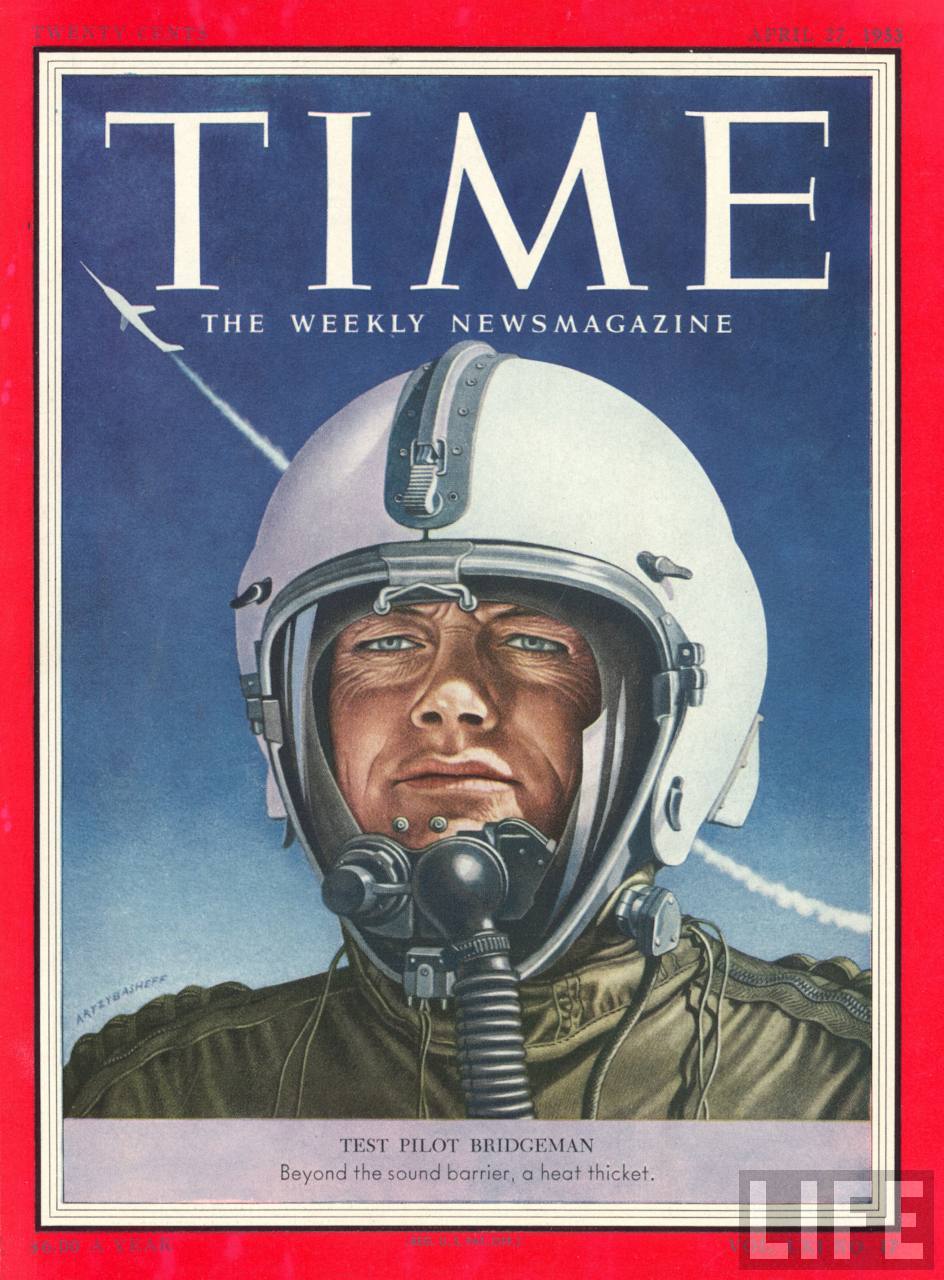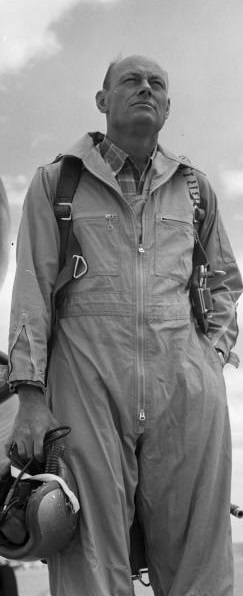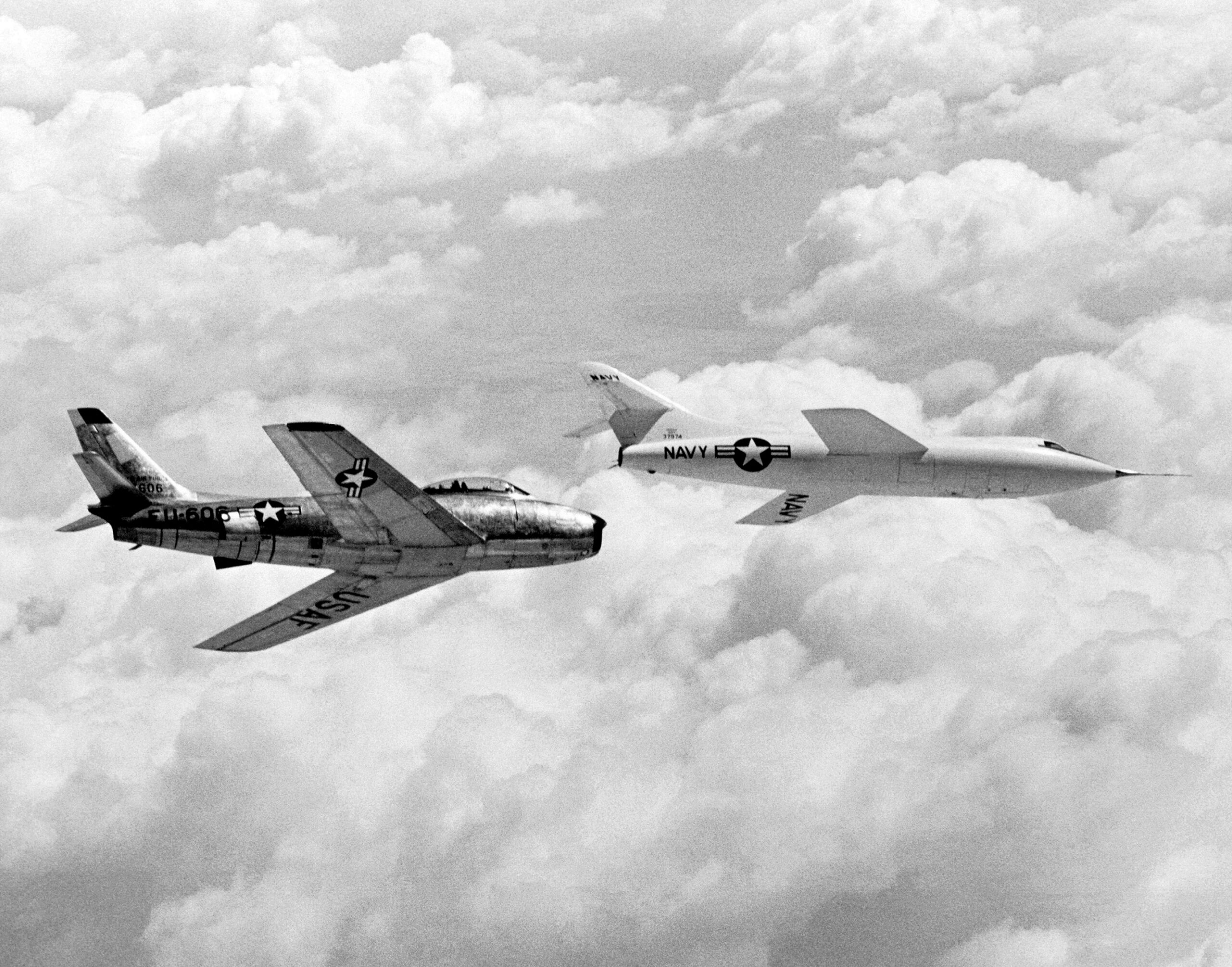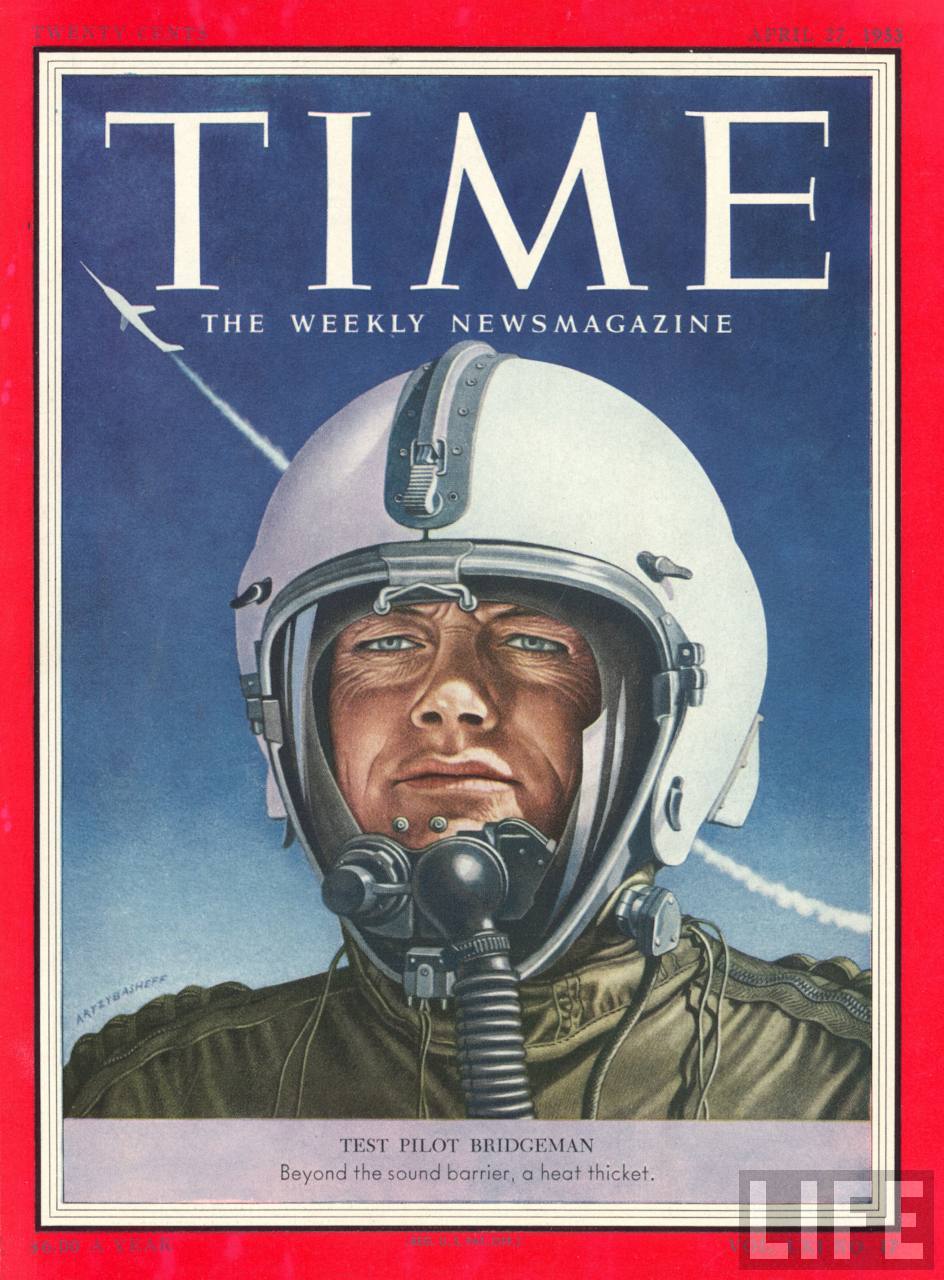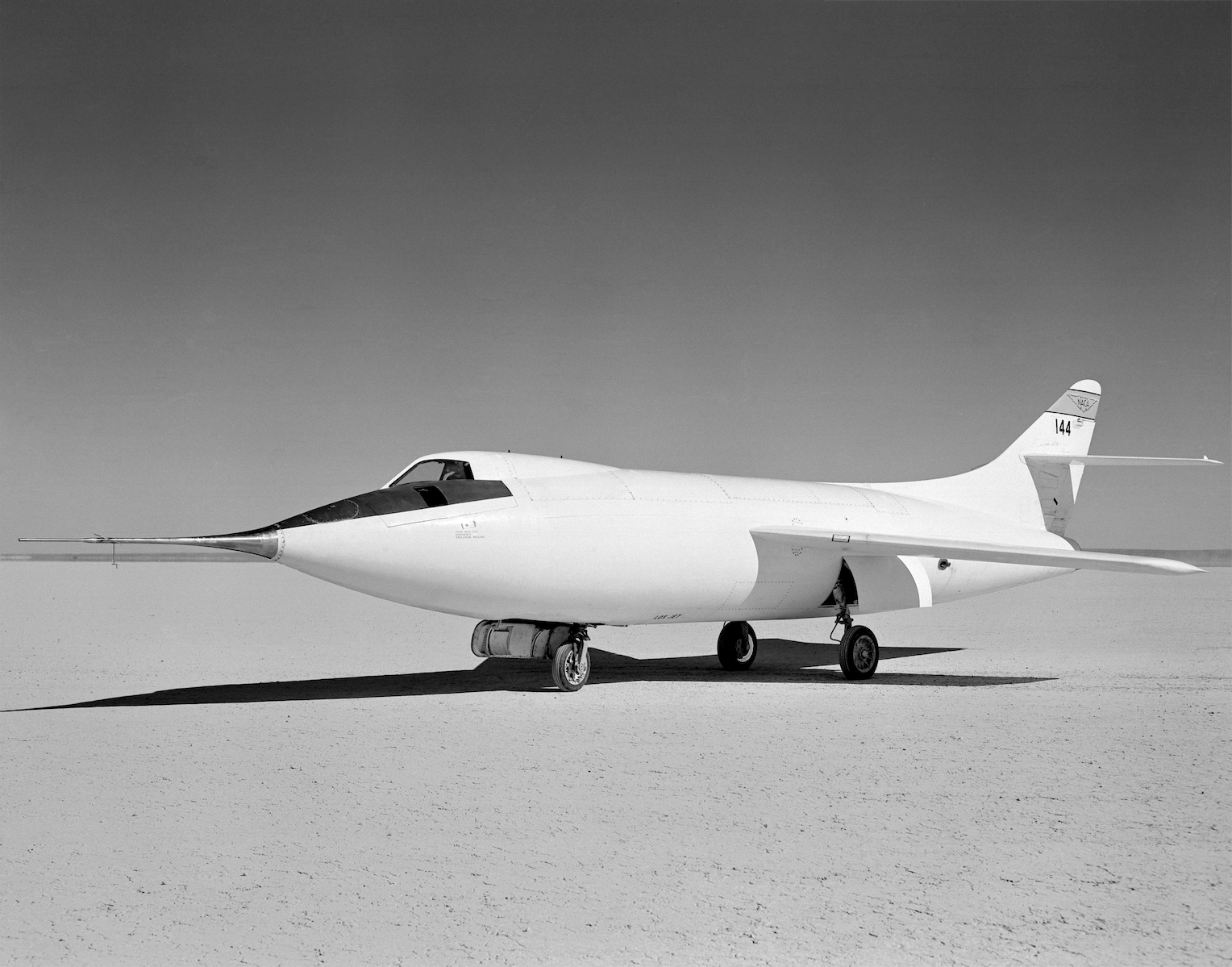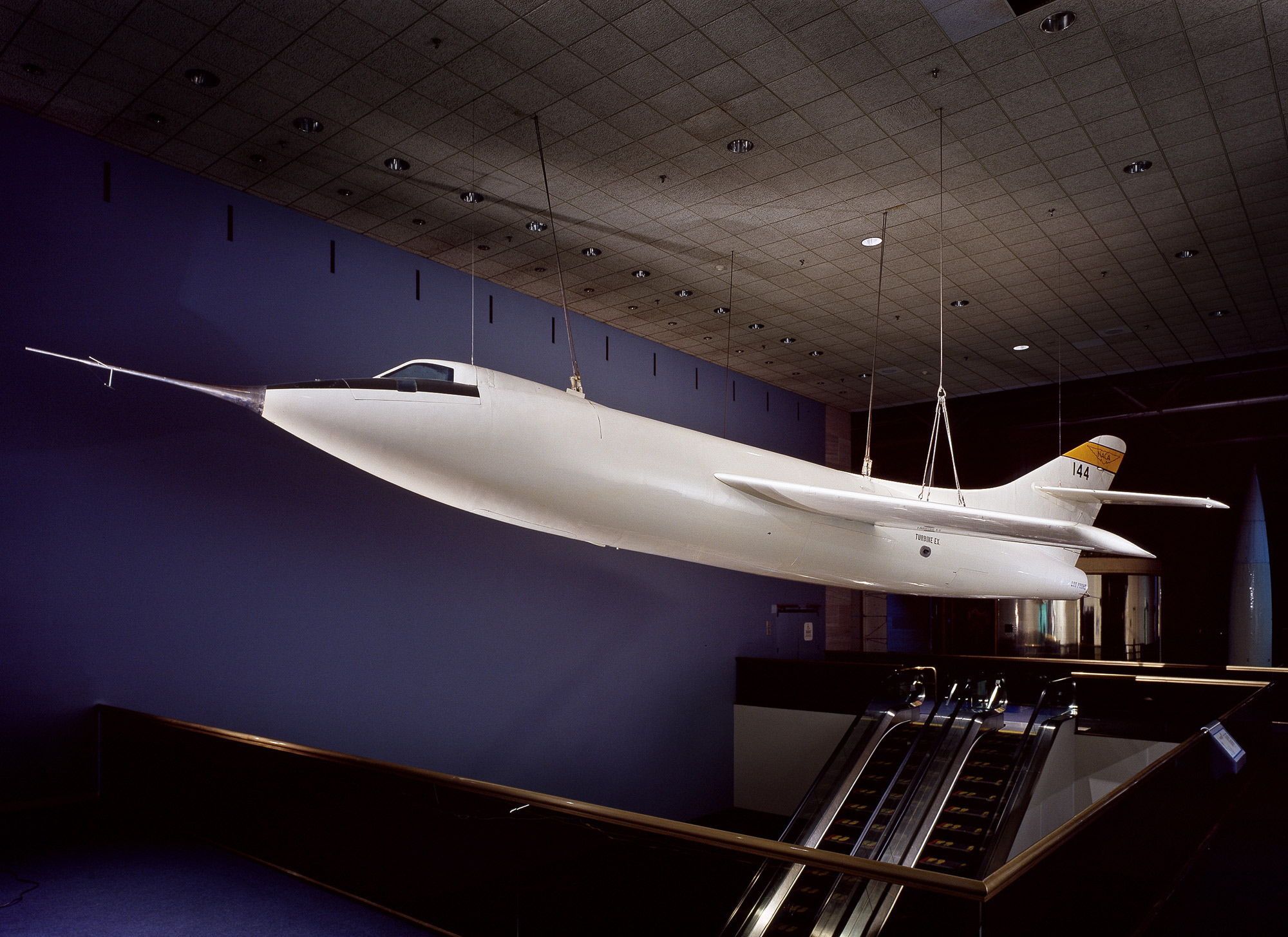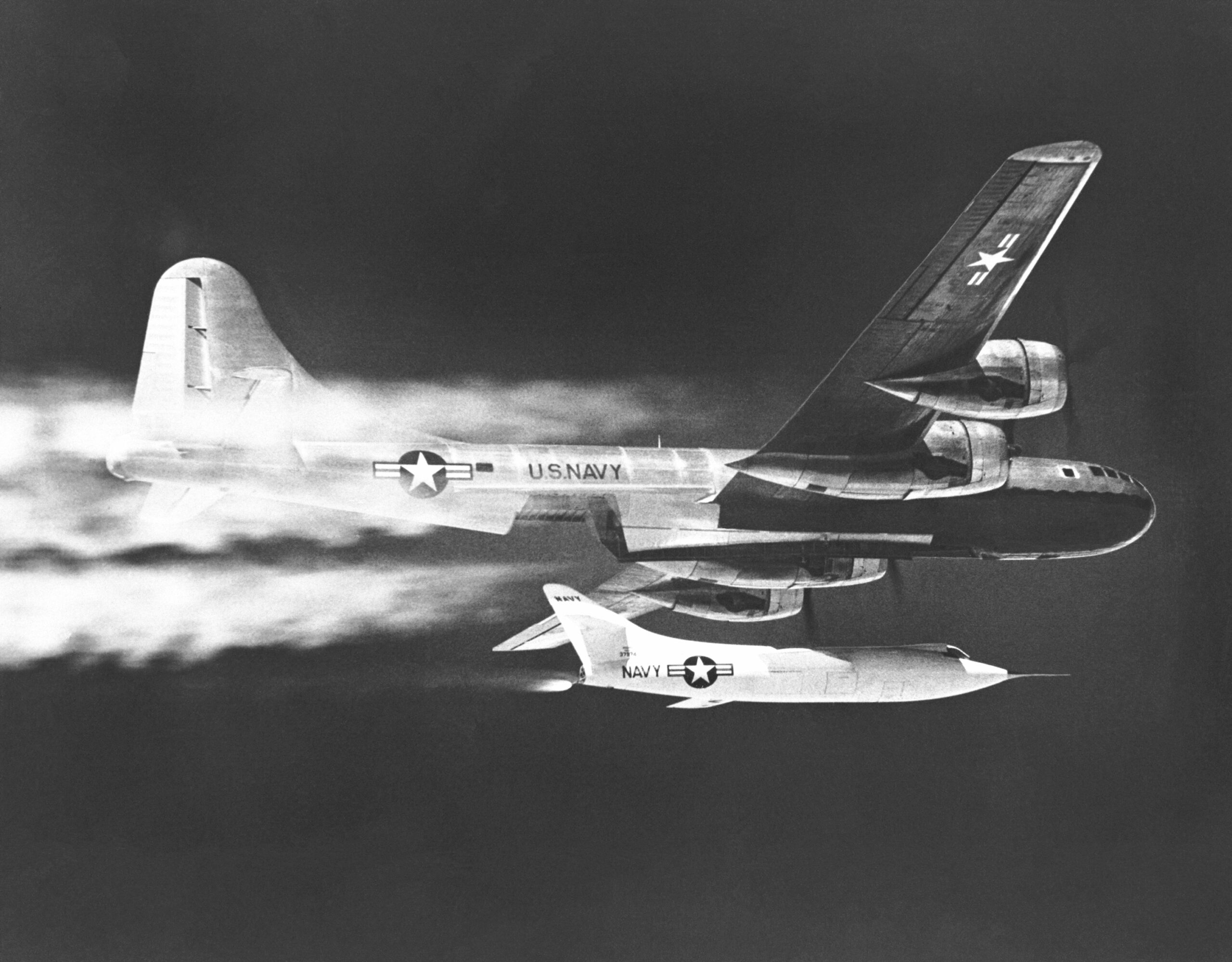
21 August 1953: Major Marion E. Carl, United States Marine Corps, flew the number three Douglas D-558-II Skyrocket, Bu. No. 37974, to an altitude 83,235 feet (25,370 meters).¹
The supersonic research rocketplane had been dropped from a Boeing P2B-1S Superfortress at 30,000 feet (9,144 meters) over Edwards Air Force Base. During this flight the Skyrocket reached Mach 1.728.
The Associated Press wire service reported the event:
Altitude Record Set By Hubbard Pilot
WASHINGTON (AP) —The Navy said Monday Lt. Col. Marion E. Carl, a Marine Corps pilot set a new altitude record of 83,235 feet in the Douglas Skyrocket research plane on Aug. 21.
The Navy said the unofficial world mark was established during a test of a newly developed high-altitude flying suit. ²
The previous altitude record was 79,494 feet, set in the same airplane by Douglas test pilot Bill Bridgeman on Aug. 7, 1951.
A Navy spokesman said Carl is at Edwards Air Force Base, Calif. for an attempt Monday or Tuesday on the speed mark of 1,238 miles an hour set by Bridgeman in the Navy D-558-2 Skyrocket Aug. 1, 1951.
As in Bridgeman’s altitude and speed record flight, Carl’s runs are being made through aerial launching. The Skyrocket is carried to an altitude of 30,000 feet or better by a B29 “mother plane,” and then released.
National Aeronautic Assn. rules require that altitude record attempts be launched from the ground and that speed runs be made at specified altitudes.
For these reasons, none of the Skyrocket records is, or likely to become, official. Some flying authorities have urged that official rules be rewritten to conform to modern developments in flying technique.
Carl is from Hubbard, Ore. and is stationed at the Quantico, Va., Marine Corps Air Station. He has been assigned as assistant Marine Corps project officer for the national aircraft show at Dayton next week.
Five Years ago Carl set a world speed mark of 650.8 miles an hour in the Skyrocket’s Navy predecessor, the D-558-1 Skystreak.
—Eugene Register-Guard, Vol. XXCVII, No. 243, 31 August 1951, at Page 1A, Columns 6 and 7
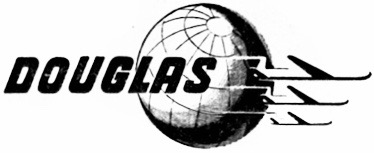
There were three Phase II aircraft. Originally, they were also equipped with a Westinghouse J34-W-40 turbojet engine which produced 3,000 pounds of thrust (13.35 kilonewtons) and the Skyrockets took off from the surface of Rogers Dry Lake. Once the D-558-II reached altitude, the rocket engine was fired for the speed runs. As higher speeds were required, the program shifted to an air launch from a B-29 (P2B-1S) “mothership”. Without the need to climb to the test altitude, the Skyrocket’s fuel load was available for the high speed runs.
The D-558-II was 42.0 feet (12.80 meters) long, with a wingspan of 25.0 feet (7.62 meters). The leading edge of the wing was swept at a 35° angle and the tail surfaces were swept to 40°. The aircraft weighed 9,421 pounds (4,273 kilograms) empty and had a maximum takeoff weight of 15,787 pounds (7,161 kilograms). It carried 378 gallons (1,431 liters) of water/ethyl alcohol and 345 gallons (1,306 liters) of liquid oxygen.
The mothership, NACA 137, was a Boeing Wichita B-29-95-BW Superfortress, U.S. Air Force serial number 45-21787. It was transferred to the U.S. Navy, redesignated P2B-1S and assigned Bureau of Aeronautics number 84029. Douglas Aircraft modified the bomber for its drop ship role at the El Segundo plant.
Between 4 February 1948 and 28 August 1956, the three rocketplanes made a total of 313 flights.
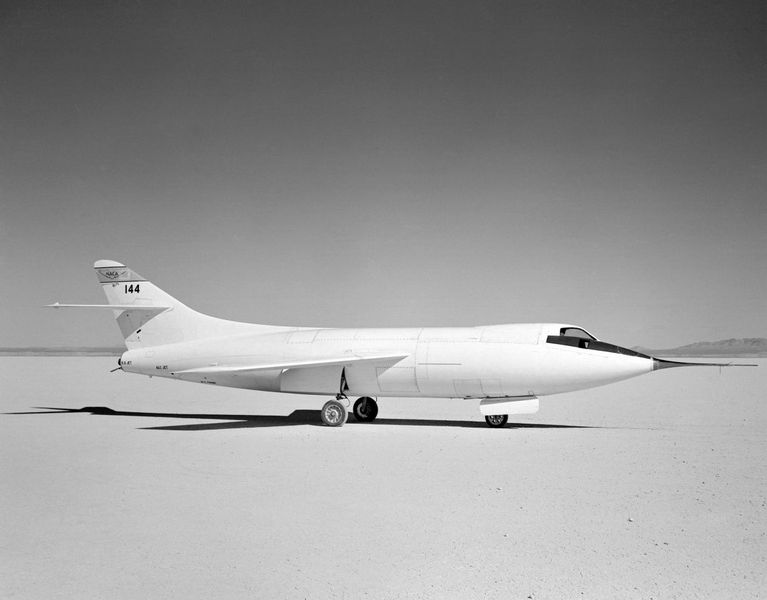
Marion Eugene Carlwas born at Hubbard, Oregon, 1 November 1915. He was the second of four children of Herman Lee Carl, a dairy farmer, and Ellen Lavine Ellingsen Carl.

Carl graduated from Oregon State College at Corvallis, Oregon, and was commissioned as a second lieutenant in the United States Army Reserve, 31 May 1938. Lieutenant Carl soon resigned this commission to accept an appointment as an Aviation Cadet, United States Navy. He enlisted as a private, first class, Volunteer Marine Corps Reserve, 17 July 1938, and was designated a student Enlisted Naval Aviation Pilot assigned to the Naval Reserve Aviation Base, Squantum, Massachusetts. He entered flight school as an Aviation Cadet at Naval Air Station Pensacola near Pensacola, Florida, 26 July 1938.
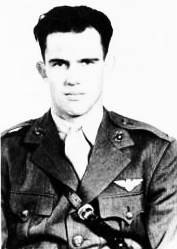
After completing flight training, Carl was commissioned as a Second Lieutenant, United States Marine Corps Reserve, 20 October 1939. He was then assigned to Marine Fighting Squadron One (VMF-1) at Brown Field, Quantico, Virginia.
In 1940, Lieutenant Carl returned to NAS Pensacola as a flight instructor. On 25 February 1941, Second Lieutenant Carl, U.S.M.C.R., was appointed a Second Lieutenant, United States Marine Corps.
Lieutenant Carl was transferred to VMF-221 at San Diego, California, as a fighter pilot. The unit was assigned to the aircraft carrier USS Saratoga (CV-3) for transportation to MCAS Ewa, Oahu, Territory of Hawaii. On 25 December 1941, VMF-221 was deployed to Midway Atoll.
Marion Carl and his squadron fought during the Battle of Midway. Flying a Grumman F4F-3 Wildcat, Bu. No. 1864,³ on 4 June 1942, he shot down his first enemy airplane, a Mitsubishi A6M Zero fighter, and damaged two others. Lieutenant Carl was awarded the Navy Cross for his actions in that decisive battle.
Marion Carl was next assigned to VMF-223 under the command of Captain John L. Smith. The Marine fighter squadron was the first air unit to arrive at Henderson Field on the island of Guadalcanal in the Solomons, 20 August 1942. This was a critical airfield, originally built by the Japanese military but occupied by Allied forces. On 26 August, Lieutenant Carl became the Marine Corps’ first “ace.”
Carl was shot down in 9 September 1942 and was missing for five days. He was helped by islanders who eventually returned him to his base.
The squadron departed Guadalcanal 16 October 1942, and sailed to San Francisco, California. VMF-223 was credited with destroying 110½ enemy aircraft. Carl was credited with 16.
Lieutenant Carl married Miss Edna T. Kirvin at New York City, New York, 7 January 1943.
On 26 January, he took command of VMF-223. On 8 May 1943, Lieutenant Carl was promoted to the temporary rank of captain. The squadron was re-equipped with the new Vought-Sikorsky F4U-1 Corsair. Training in the new fighter took place at MCAS El Toro, in southern California.
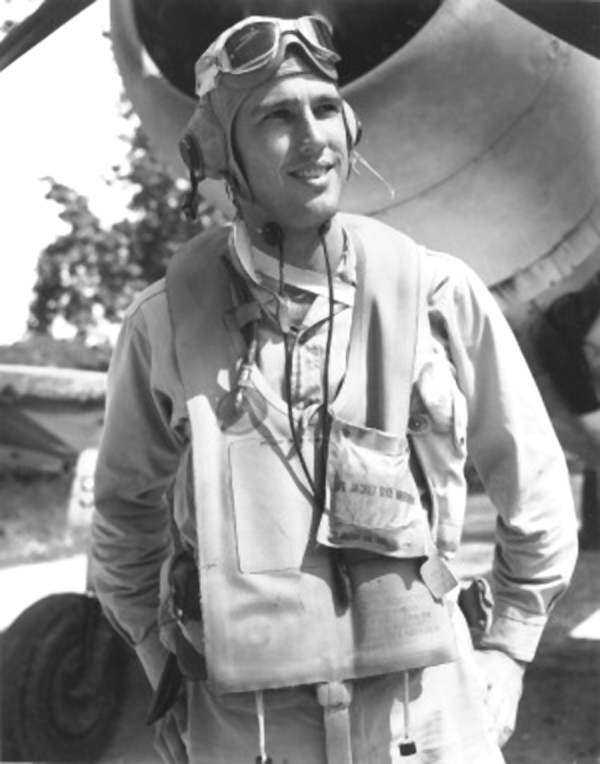
In August, the squadron returned to combat in the Solomons. By the end of 1943, Major Carl’s total of enemy aircraft destroyed was 18½ with 3 damaged, making him the seventh highest-scoring Marine fighter pilot of World War II.
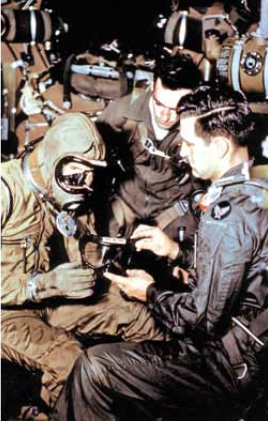
After the War Marion Carl trained as a test pilot at NAS Patuxent River, Maryland, testing jet aircraft on aircraft carriers and he was also the first Marine Corps pilot to fly a helicopter. He commanded the Marine’s first jet squadron, VMF-122, which flew the McDonnell FH-1 Phantom. He was promoted to lieutenant colonel 7 August 1947.
In May 1955, Colonel Carl commanded Marine Photo Reconnaisance Squadron One (VMJ-1). The squadron flew the McDonnell FH-2 Banshee from air bases on Taiwan on secret missions over the People’s Republic of China.
At Muroc Army Air Field (now Edwards Air Force Base) he tested the Douglas D-558-I Skystreak and D-558-II Skyrocket, setting world records for speed and altitude. He was promoted to colonel, 1 October 1956.
By 1962 Colonel Carl was Director of Marine Corps Aviation. He was promoted to brigadier general, 1 June 1964.
Brigadier General Carl commanded the First Marine Brigade during the Vietnam War and flew combat missions in jet fighters and helicopter gun ships.
Promoted to major general in August 1967, with his date of rank retroactive to 1 June 1964. Carl commanded the 2nd Marine Aircraft Wing, then served as Inspector General of the Marine Corps from 1970 until 1973. When he retired in 1973, General Carl had accumulated more that 13,000 flight hours.
During his military career, Major General Carl was awarded the Navy Cross with two gold stars (three awards); The Legion of Merit with valor device and three gold stars (four awards); The Distinguished Flying Cross with four gold stars (five awards); and the Air Medal with two gold and two silver stars (twelve awards).
Tragically, General Carl was murdered in Roseburg, Oregon, 28 June 1998, as he defended his wife, Edna, during a home-invasion robbery. Mrs. Carl was wounded, but survived.
Major General Marion E. Carl, United States Marine Corps, is buried at Arlington National Cemetery.
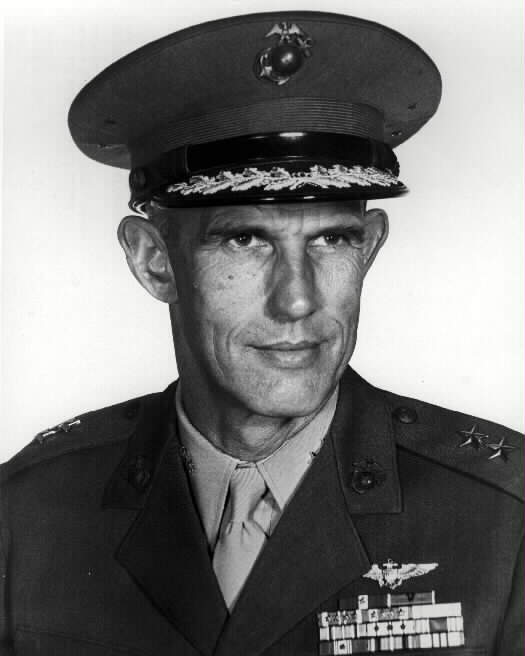
¹ No officially-certified altitude record was set during this flight.
² The pressure suit Lieutenant Colonel Carl was testing was a David Clark Co. Model 7 full-pressure suit.
³ Often cited as Grumman F4F-3 Bu. No. 4000 (second bureau number series, 1935–1940) the entry in Carl’s certified pilot logbook for 4 June 1942 states the airplane he flew to shoot down the enemy fighter was F4F-3 Bu. No. 1864.
© 2017, Bryan R. Swopes
